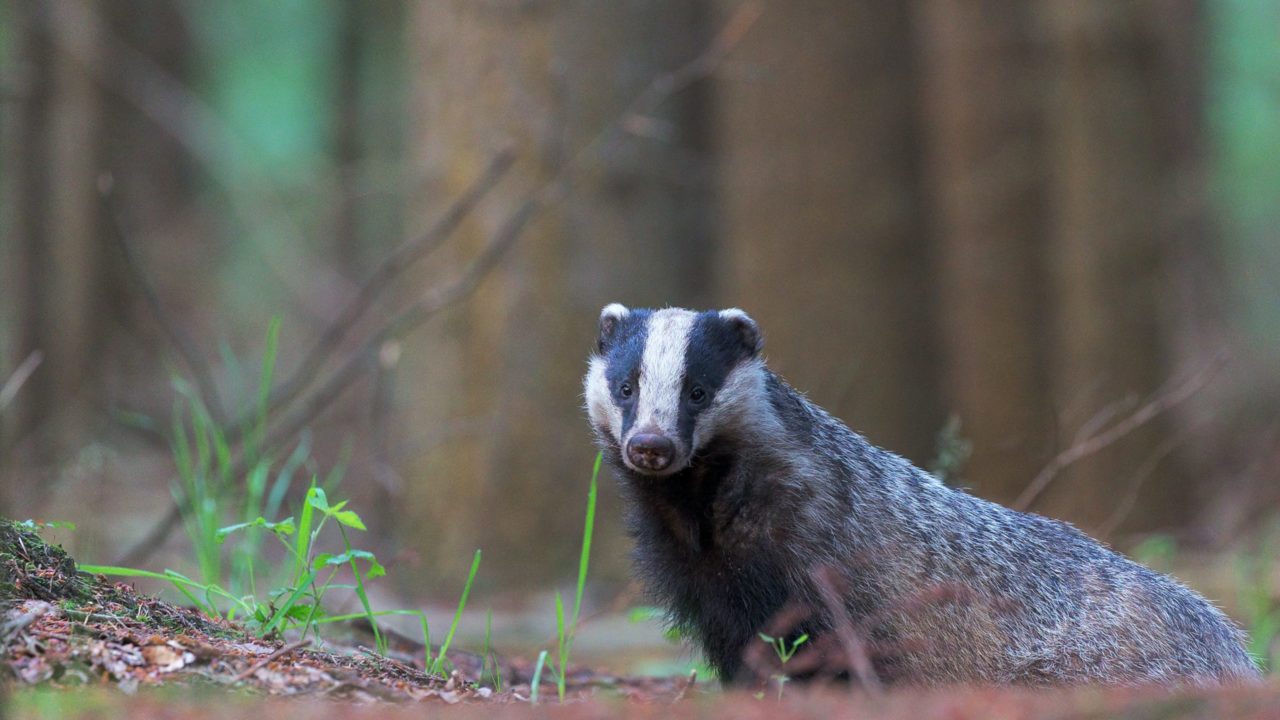The British Veterinary Association (BVA) has welcomed new research on badger culling and bovine tuberculosis (TB) control in cattle, however it is said that available data is limited and an ongoing analysis is needed.
New research carried out by animal-welfare organisation, Born Free, was recently published (Friday, March 18) in the scientific journal Veterinary Record, which is BVA's editorially independent journal.
The study used publicly available evidence of change in the disease from within and outside badger culling areas and compared the change in incidence levels. The BVA said:
"The study suggests that a decline in incidence and prevalence [of bovine TB] could be linked to the introduction of cattle-based disease control measures in that same time period."
However, the BVA said that expressed views in the publication may not necessarily comply with their own policy.
Responding to the publication, BVA senior vice-president, James Russell said that the association is aware that an analysis by the Department for Environment, Food and Rural Affairs (Defra) shows a different perspective.
"We will be reviewing the new research in order to draw our own conclusions on the robustness of the analysis and any implications for our policy," he said.
Department response
In response to the research by Born Free, Defra said experienced scientists of the government's Animal and Plant Health Agency reviewed the reports and considered the analysis as "scientifically flawed."
A Defra spokesperson said it was disappointing to see the study published in a scientific journal, and claimed:
"This paper has been produced to fit a clear campaign agenda and manipulates data in a way that makes it impossible to see the actual effects of badger culling on reducing bovine TB rates."
The chief veterinary officer, Christine Middlemiss, and chief scientific adviser, Gideon Henderson do not consider the methodology used as credible since data was "grouped incorrectly".
Their own analysis indicates that badger culling is associated with a reduction of bovine TB in cattle herds in the high-risk areas, according to Middlemiss and Henderson.
"We agree with the authors that officially TB-free withdrawn herd incidence is declining, and that increased controls on cattle movements, testing and biosecurity will have contributed to this success," Middlemiss and Henderson added.
For example, according to the Defra, there is a reduction in officially TB-free withdrawn herd incidence of 45% in the third year of culling and 50% in the fourth year of culling.
The government will issue new intensive cull licences for the final time this year, and focus on badger vaccination, improved on-farm testing and cattle vaccination when available.

